The French Basque Country elegantly blends the wild, rocky landscapes of the Pyrenees with the lush green expanses of the Atlantic coastline, dotted with white houses with red half-timbering. Nature, gastronomy and traditions are all part of your camping holiday in the Basque Country.
Camping in Biarritz…
Although the Basque Country’s promoters will ask you not to reduce their region to Biarritz, this exclusive seaside resort is nonetheless a must-see during your camping holiday in the Basque Country. It is one of the most popular places on the Atlantic coast. Renowned for its waves and surfers, this resort owes its popularity to Empress Eugénie. The wife of Napoleon III fell in love with Biarritz during a visit when she was a child. Once she became Empress, she made it her summer residence and Napoleon III had the sumptuous Villa Eugénie built for her on the seafront in 1854, which is now a luxury hotel. Following in the footsteps of the Empress, the international elite flocked to Biarritz, which was crowned the “most fashionable city of the second half of the 19th century”. The city has retained an old-fashioned charm from this era, which is evident in its gardens and promenades along the cliffs. The most iconic site in Biarritz is undoubtedly the Rocher de la Vierge. This rock, which rises out of the ocean opposite the seafront, was connected to the mainland by a footbridge built by Napoleon III. However, the bridge was unable to withstand the wind and waves and was replaced by a bridge built by Eiffel’s workshops.
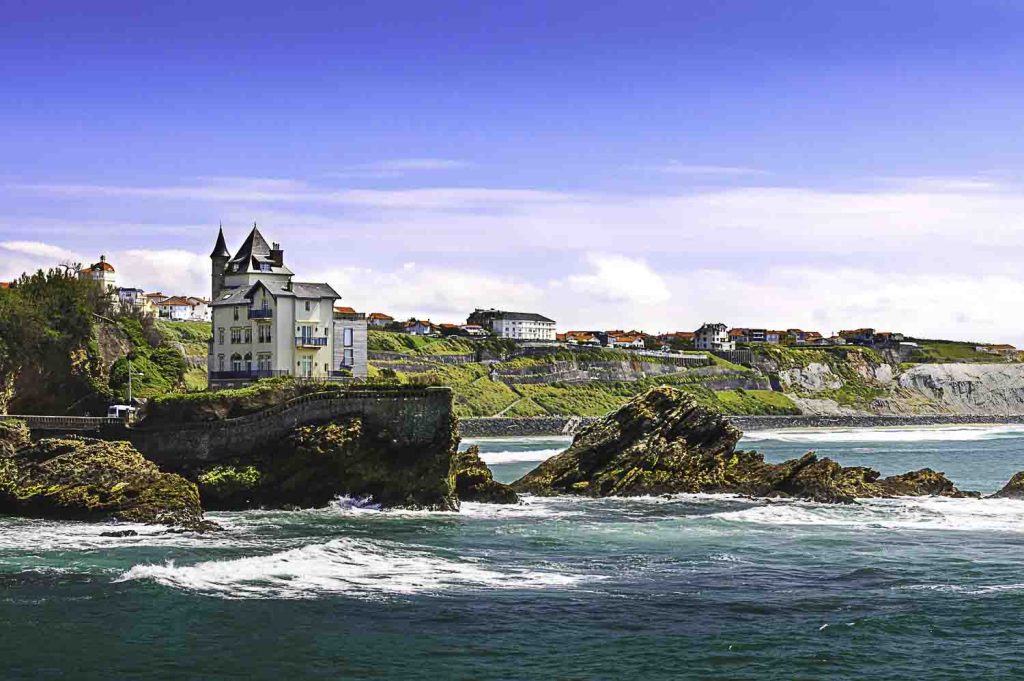


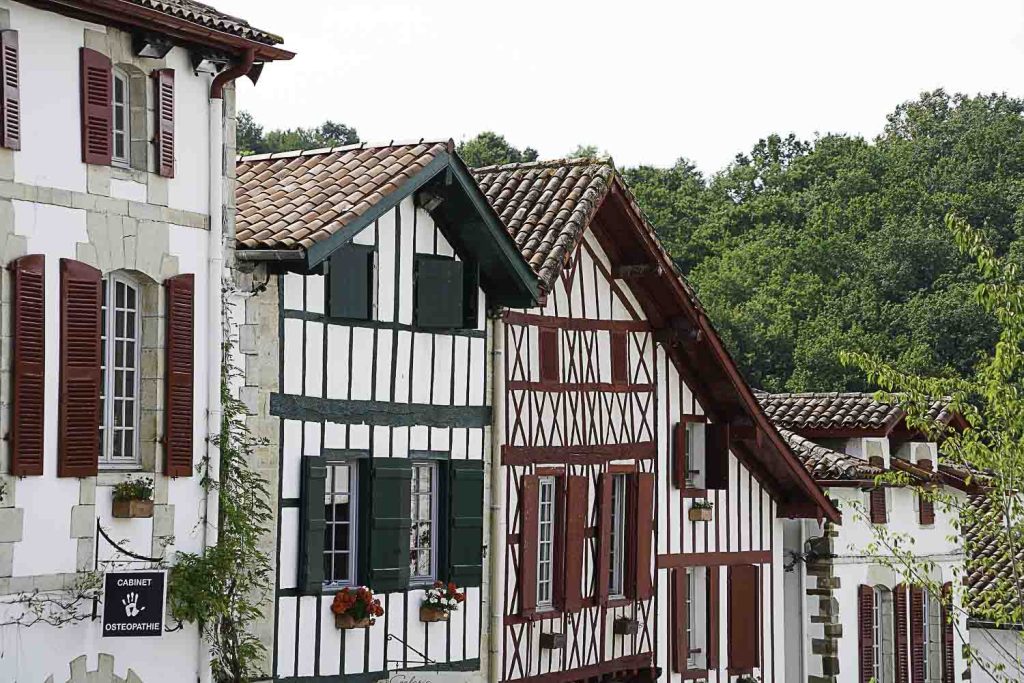
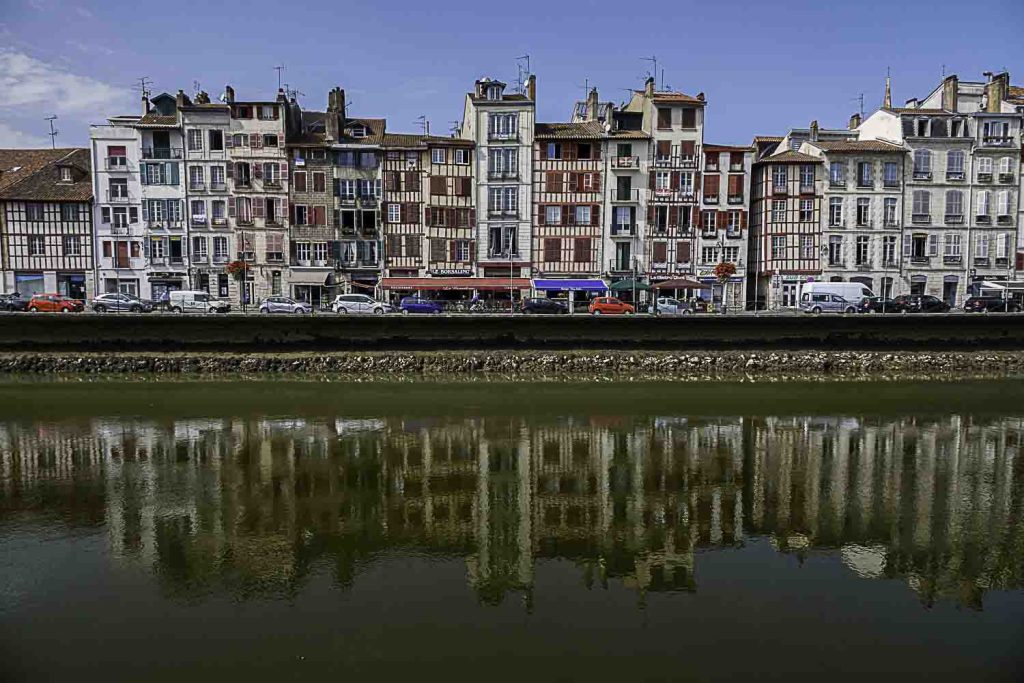

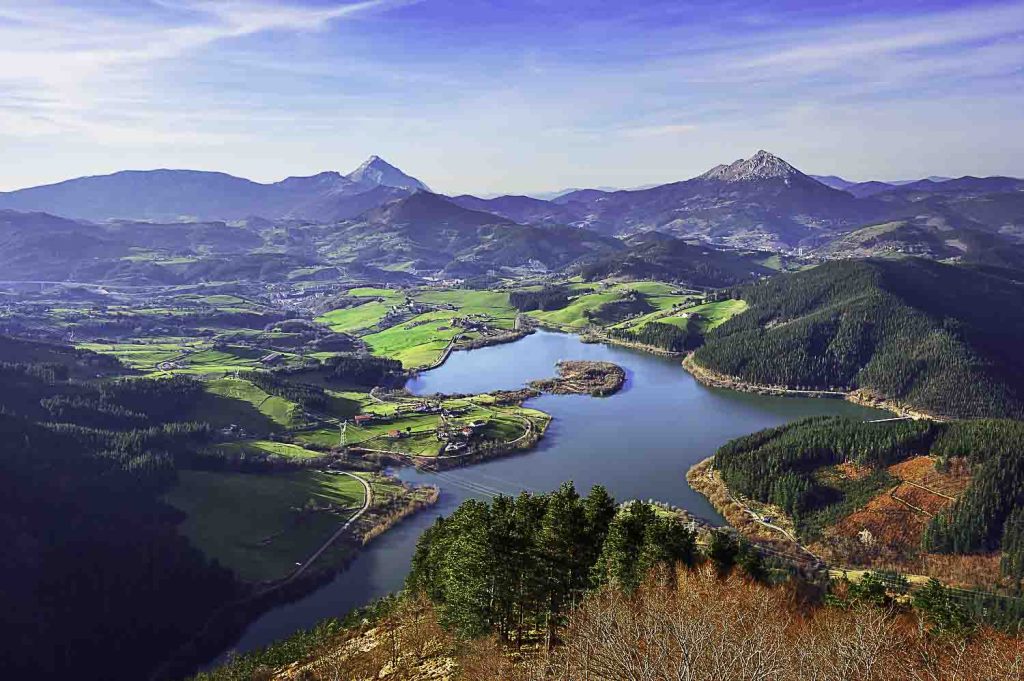
… or in Bayonne
As popular as Biarritz is with tourists from all over the world, Basques tend to prefer its neighbour, Bayonne, which is considered more authentic. Just a few kilometres from Biarritz, you will discover tall houses lining the banks of the Nive River. Known for its festivals, which attract hundreds of thousands of people to its streets, the city is also the historic capital of chocolate in France. It was Jews expelled from Spain and Portugal who introduced chocolate to Bayonne in the 17th century. Since 2017, the Basque city has also been a destination for its street art. It hosts a street art festival in October and November, transforming its streets into a veritable open-air gallery.
Royal wedding in Saint-Jean-de-Luz
In addition to the two rivals in the Basque Country, Saint-Jean-de-Luz is another must-see destination for any holiday in the Pyrénées-Atlantiques. This small fishing port is still marked today by the marriage of Louis XIV and Marie-Thérèse of Austria, which took place there in 1660 to end the Franco-Spanish war. It is difficult to imagine what it must have been like for these modest fishermen to see the court and its pomp arrive and stay for several months. Imagine a small village in the heart of France and organise a wedding for the British royal family there! And even then, we are still far from the impact that the wedding of the greatest European sovereign of the time had on a small fishing port in the south-west of France… From this event, the town has preserved the house where Louis XIV stayed and the Church of Saint-Jean-Baptiste where the ceremony was held.
The charming villages of the Basque Country
The Basque Country is a land proud of its traditions. Its culture is reflected in its small villages with red and white half-timbered facades. Among these are five villages classified as the Most Beautiful Villages in France. Several of them are located on the Camino de Santiago, such as Saint-Jean-Pied-de-Port, the last French stop before Spain, at the foot of the famous Roncevaux Pass. This is also the case for Navarrenx, one of the oldest towns in Béarn and the first fortified town in France, and Ainhoa, renowned for its pretty white and red houses. The other two villages are Sare, a charming village nestled at the foot of the Rhune massif, and La Bastide-Clairence, founded in the 14th century, which is home to the oldest “trinquet” (Basque pelota court) in France. From Sare, you can explore the summit of the Rhune (surely the most famous of the Basque peaks) by taking the little rack railway. Climbing the mountainside, this train takes you through forests and ravines to discover magnificent landscapes. When you arrive at the Rhune (905 metres above sea level), you can enjoy an exceptional panorama of the Atlantic coast, the Basque Country and the Landes.
A varied and spectacular coastline
The Basque coastline is quite short. The Basque Country has only 40 kilometres of coastline bathed by the Atlantic Ocean. However, this does not prevent a wide variety of landscapes. If you like fine sandy beaches, Anglet, Biarritz, Bidart or Hendaye await you. These large beaches are ideal for relaxing but also for surfing. The ocean offers beautiful waves for surfers in the Basque Country. Between the beaches, the coastline offers beautiful landscapes of cliffs and rugged coastlines. These pleated-looking cliffs are flysch cliffs. This phenomenon is unique in the world and contributes to the beauty of the Basque coastline. Between Saint-Jean-de-Luz and Hendaye, the coastal route of the Corniche road allows you to fully enjoy these landscapes. It is undoubtedly one of the most beautiful roads in France. Be sure to take a drive along it during your camping holiday in the Pyrénées-Atlantiques.
campsite Between countryside and mountains
Set back from the coast, the Basque Country is divided between the Pyrenees and rolling green countryside. As you explore the area from your campsite in the Basque Country, you can discover the Nivelle Valley, which stretches between the Pyrenees and the countryside. This is the perfect opportunity to stop off in Espelette to taste its famous chilli peppers. The Saint Etienne de Baïgorry and Aldudes Valley, in addition to its magnificent landscapes, invites you to immerse yourself in Basque gastronomy. It is home to three of the four Basque PDOs: Ossau-Iraty for goat’s cheese, Kintoa ham and Irouléguy for wine. The fourth PDO is the Espelette pepper.
Selection of campsites in the Atlantic Pyrenees
A selection of the best campsites for caravans, tents or motorhomes in the Pyrénées-Atlantiques and surrounding areas.
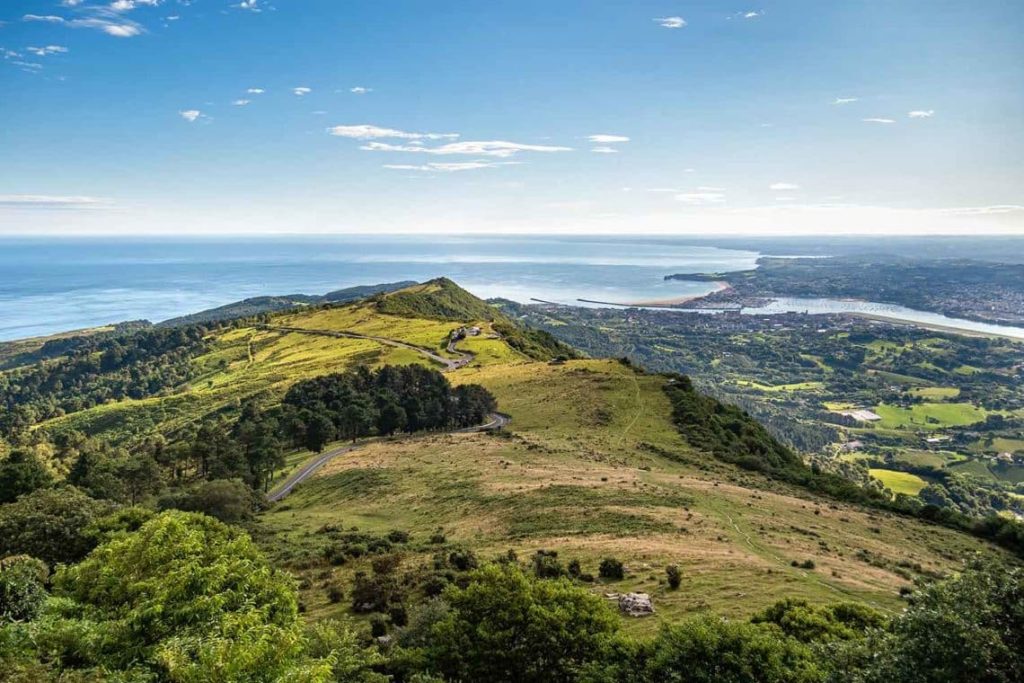
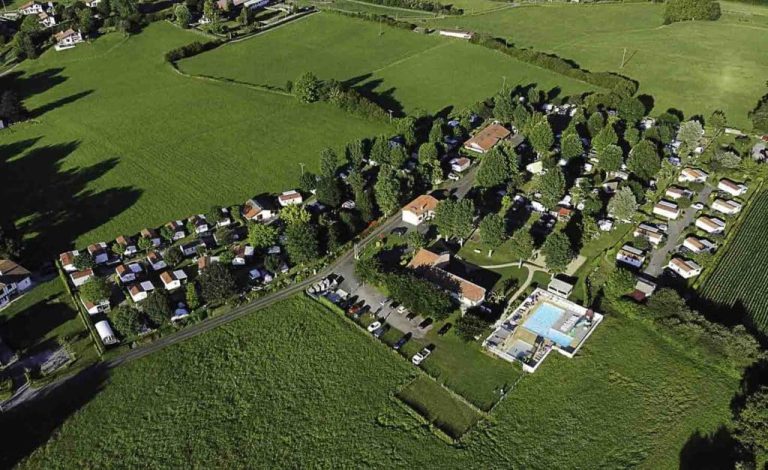
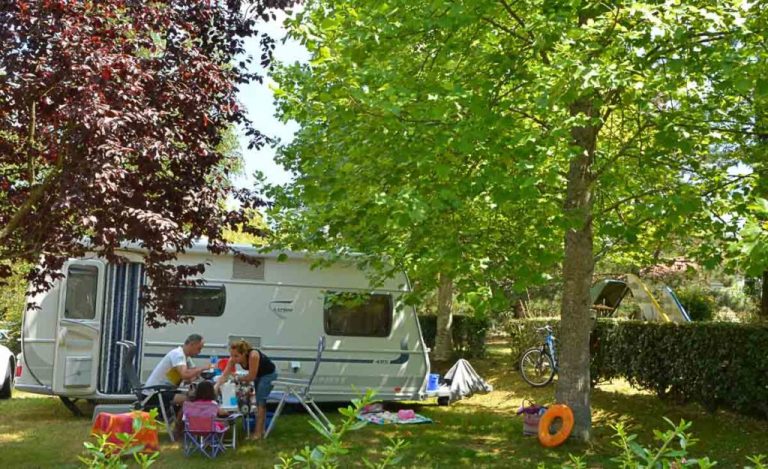
Leave a Reply